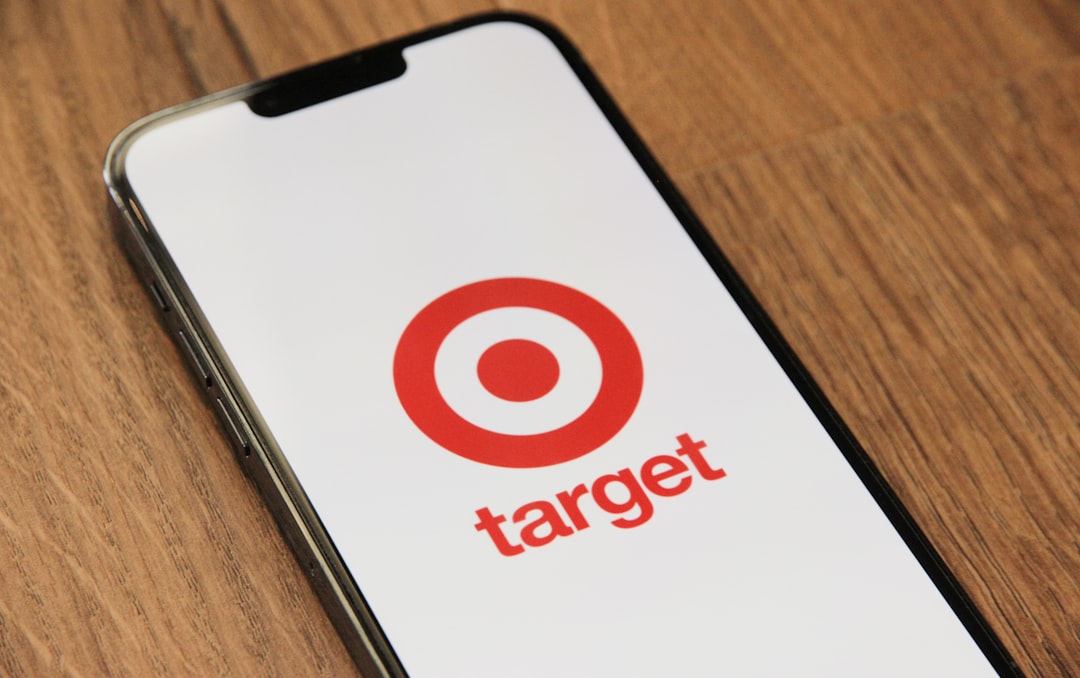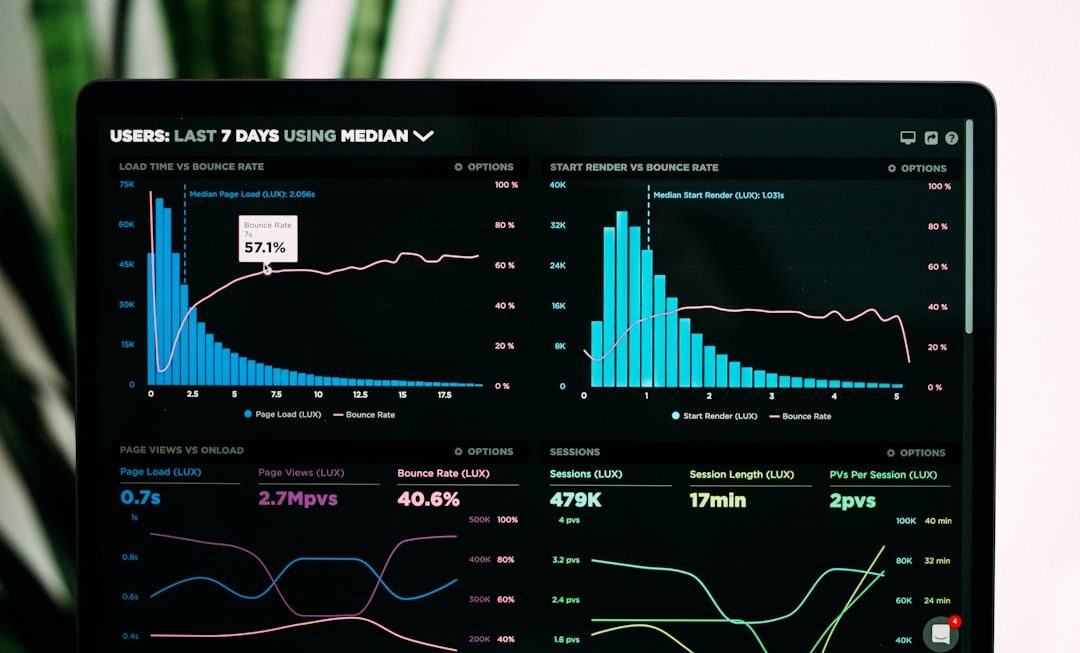When it comes to increasing sales on your Shopify store, few areas are as critical as the checkout process. A streamlined, intuitive, and persuasive checkout can drastically improve conversion rates and reduce cart abandonment in 2025. Shopify has continuously evolved its features, allowing merchants greater flexibility to optimize the checkout. Below are 8 proven checkout customizations that can help boost your online sales.
1. Add Trust Badges and Security Seals
Customers are increasingly concerned about online security. By including familiar trust badges and secure payment icons at checkout, you can eliminate buyer hesitation. This small visual cue reinforces credibility and reassures the shopper their information is protected.
Tip: Place these badges near the payment button or credit card input field for maximum impact.

2. Enable Express Checkout Options
Speed is king in e-commerce. Shopify supports accelerated checkout services like Apple Pay, Google Pay, PayPal, and Shop Pay. Enabling these options allows return customers and mobile users to complete their transaction in seconds.
Why it matters: A faster checkout reduces drop-offs, particularly for impulse buyers who may abandon a longer form-based process.
3. Offer Multiple Payment Methods
In 2025, customers expect diversity in payment options. Beyond credit cards and wallets, more stores are integrating buy now, pay later services like Klarna, Afterpay, and Affirm. These services can help increase average order value by making high-ticket items more accessible.
- Credit/debit cards
- Wallets (Apple Pay, Google Pay)
- BNPL (Buy Now, Pay Later options)
- Cryptocurrency (if aligned with your audience)
4. Implement Smart Form Auto-Fill
Typing out address and contact details on mobile devices can be frustrating, especially for first-time buyers. Shopify offers smart autofill capabilities using browser-stored data and predictive entry fields. This significantly enhances user experience and speeds up the process.

5. Personalize Checkout With Dynamic Content
Personalization doesn’t have to stop at product recommendations. With Shopify Plus, you can customize your checkout to show dynamic messages, loyalty points, or relevant upsells based on a shopper’s cart value, location, or return behavior.
Example: “Add just $15 more for free shipping!” or “Use your 200 loyalty points for $5 off.”
6. Provide Clear Shipping Information and Delivery Estimates
Lack of transparency on shipping costs and delivery dates is a major factor in cart abandonment. Shopify allows integration with tools that display real-time rates and delivery predictions during checkout. Giving accurate expectations reduces anxiety and increases the likelihood of completion.
Bonus idea: Offer a progress bar that shows each step of the delivery processing timeline.
7. Streamline Checkout With One-Page Layouts
Reducing the number of clicks and screens during checkout is crucial. A one-page checkout presents all the necessary fields—billing address, shipping option, and payment method—on a single page. This minimizes friction and makes it easier to spot errors or skipped fields.
Shopify Plus users can use Liquid templating to achieve this, or apps like One-Page Checkout for other plan levels.
8. Retain Abandoned Carts With Exit Intent and Email Recovery
Even with all the optimizations, some users will exit at checkout. That’s where exit-intent pop-ups and abandoned cart recovery come in. You can set up targeted pop-ups offering limited-time coupons, or automatically trigger an email if the shopper leaves with items in their cart.
Stats show that abandoned cart emails can recover up to 20% of otherwise lost sales—making them an essential conversion tool.
Final Thoughts
Customizing your Shopify checkout is more than a cosmetic upgrade—it’s a vital strategic move to increase sales in 2025. Whether you’re on Shopify Basic or Shopify Plus, implementing even a few of these optimizations can yield measurable improvements in conversion rates, customer satisfaction, and overall revenue.
Start with the changes that align best with your customers’ needs and buying behaviors, and continuously test and refine your checkout process for the best results.




